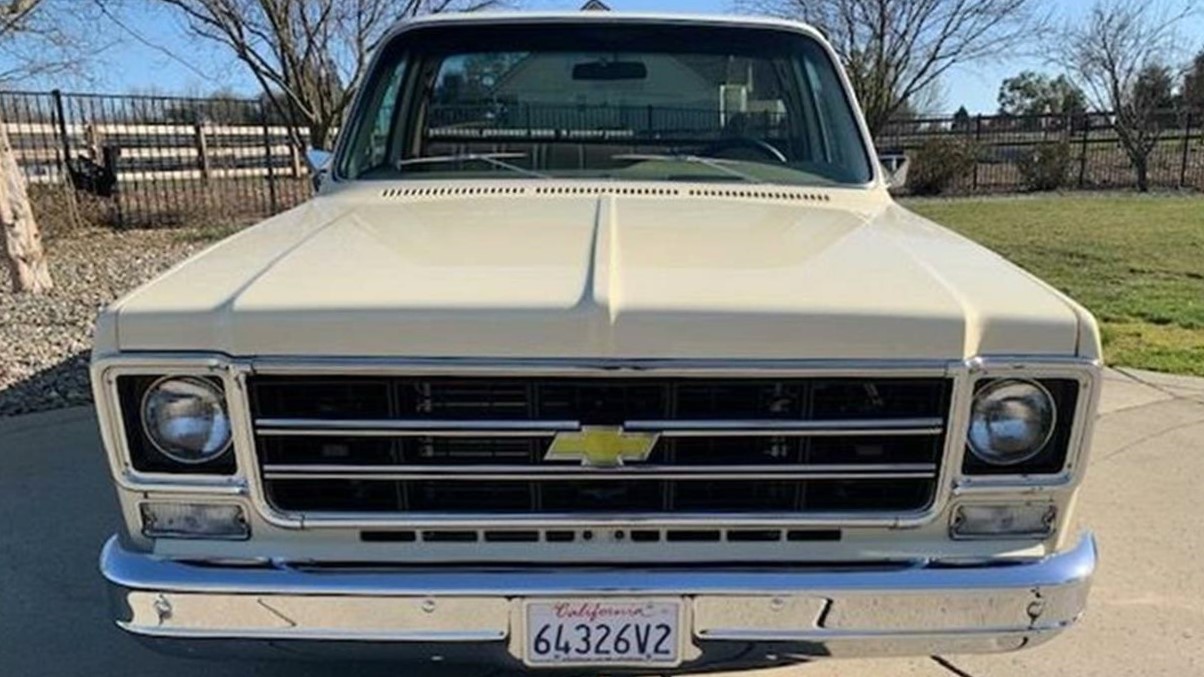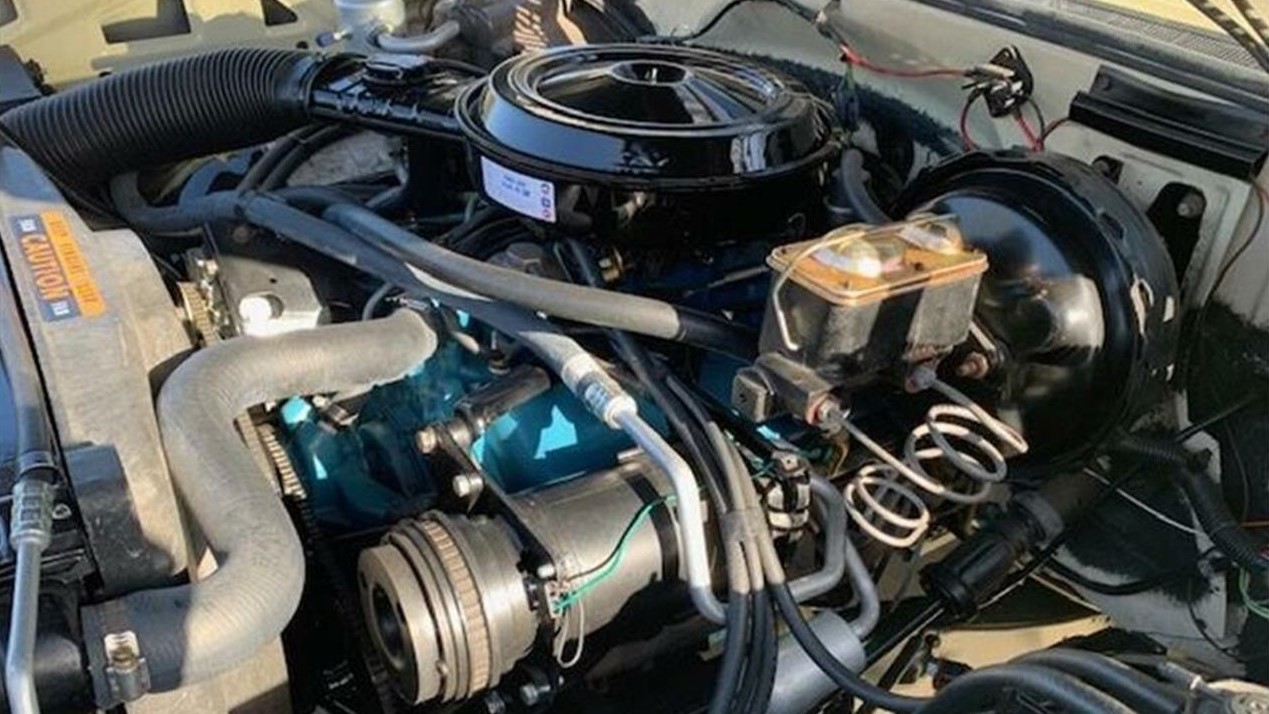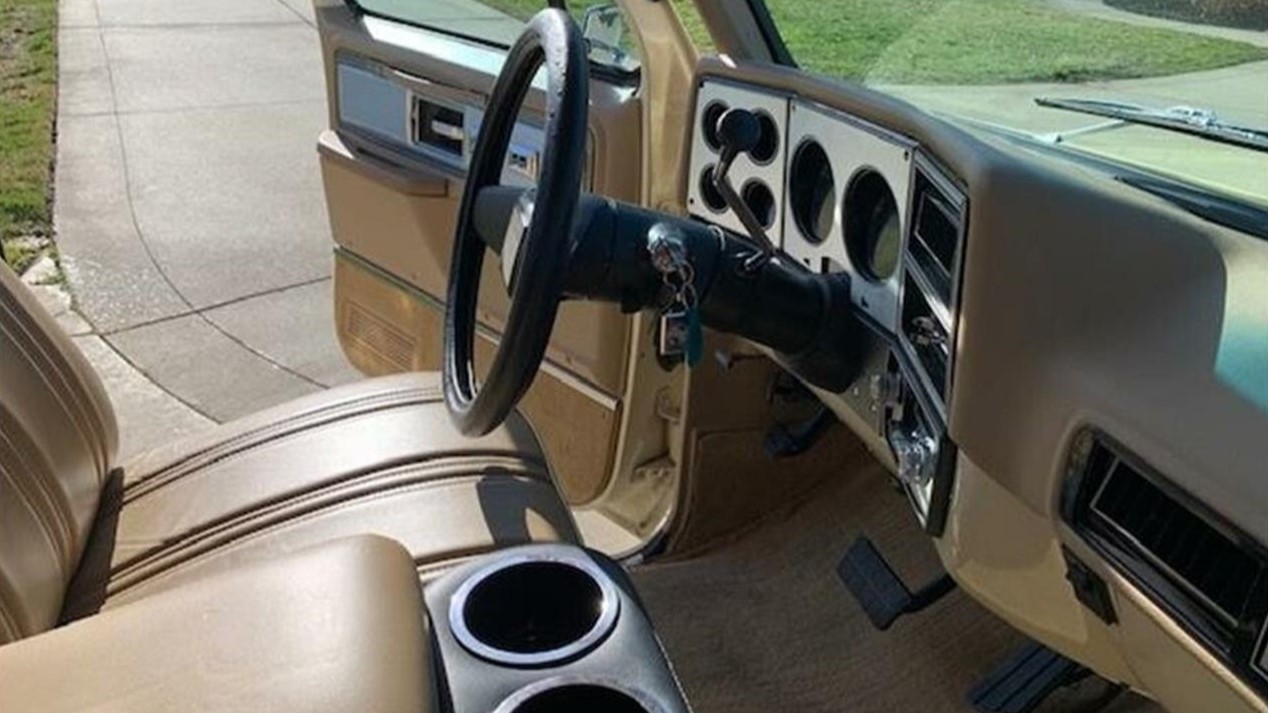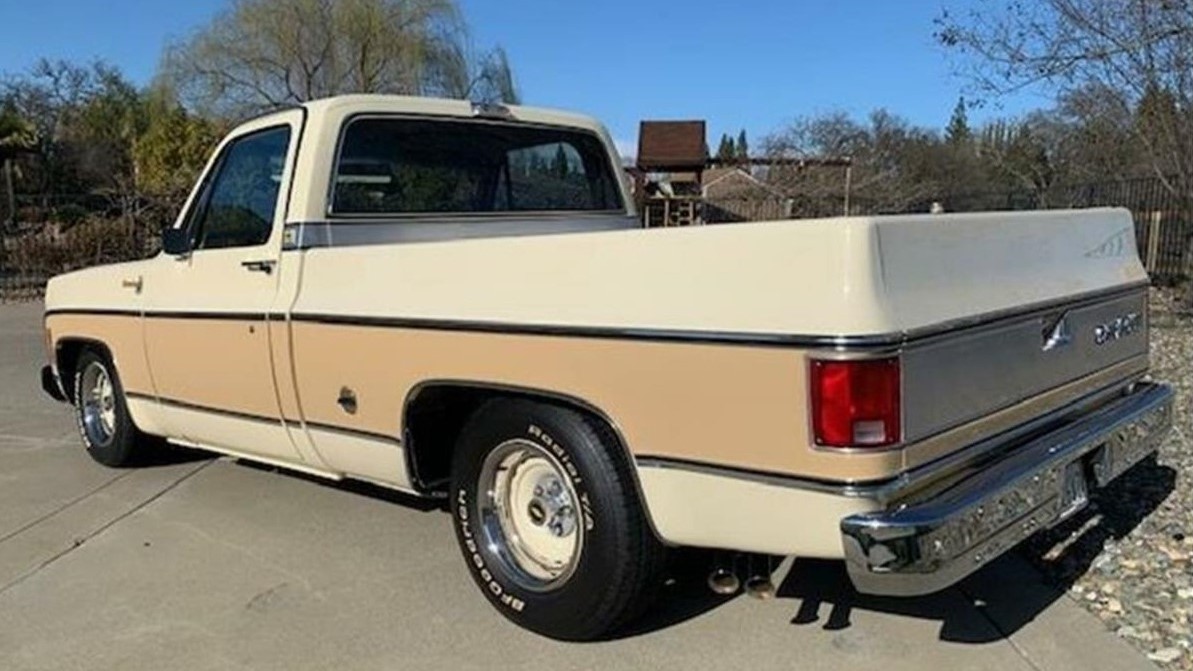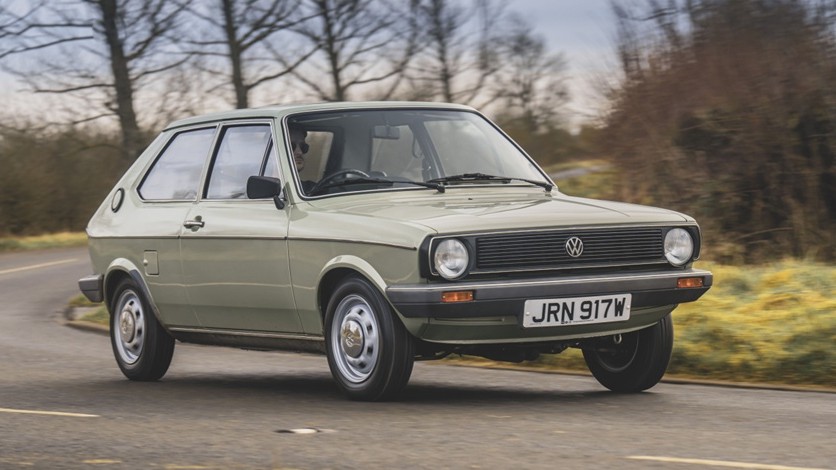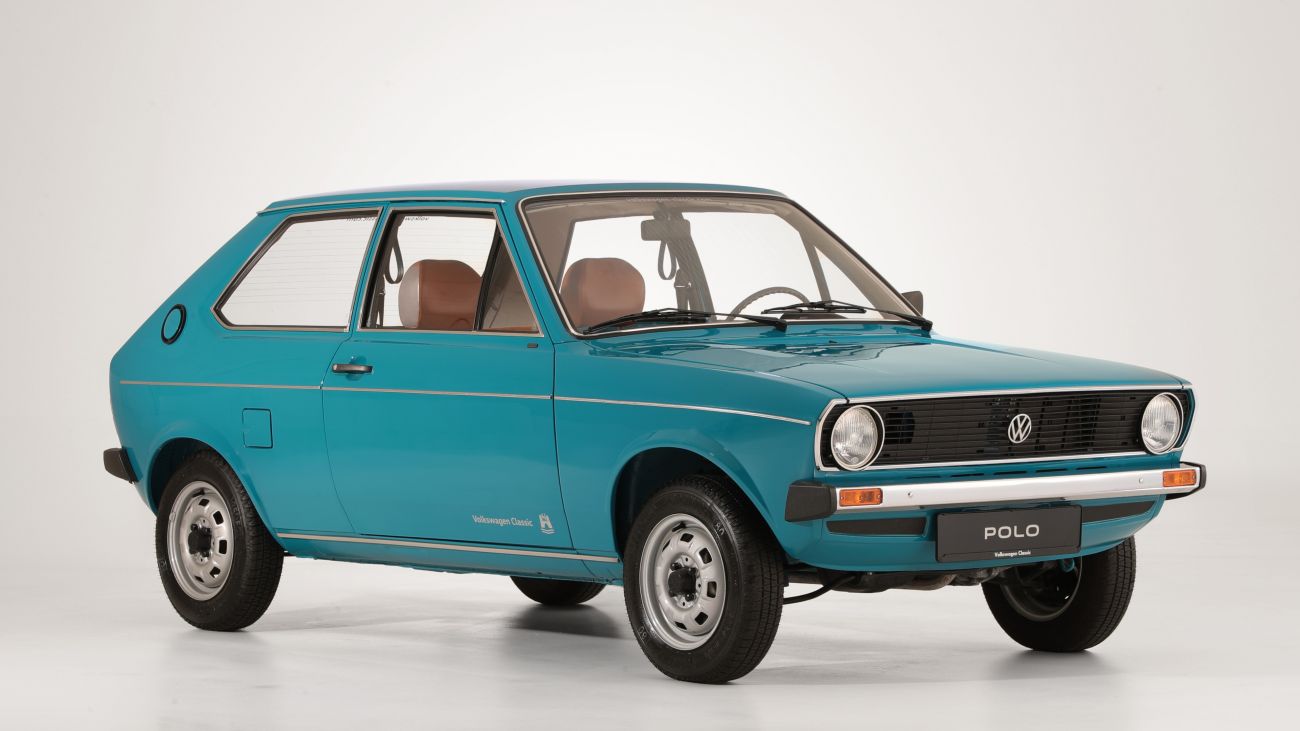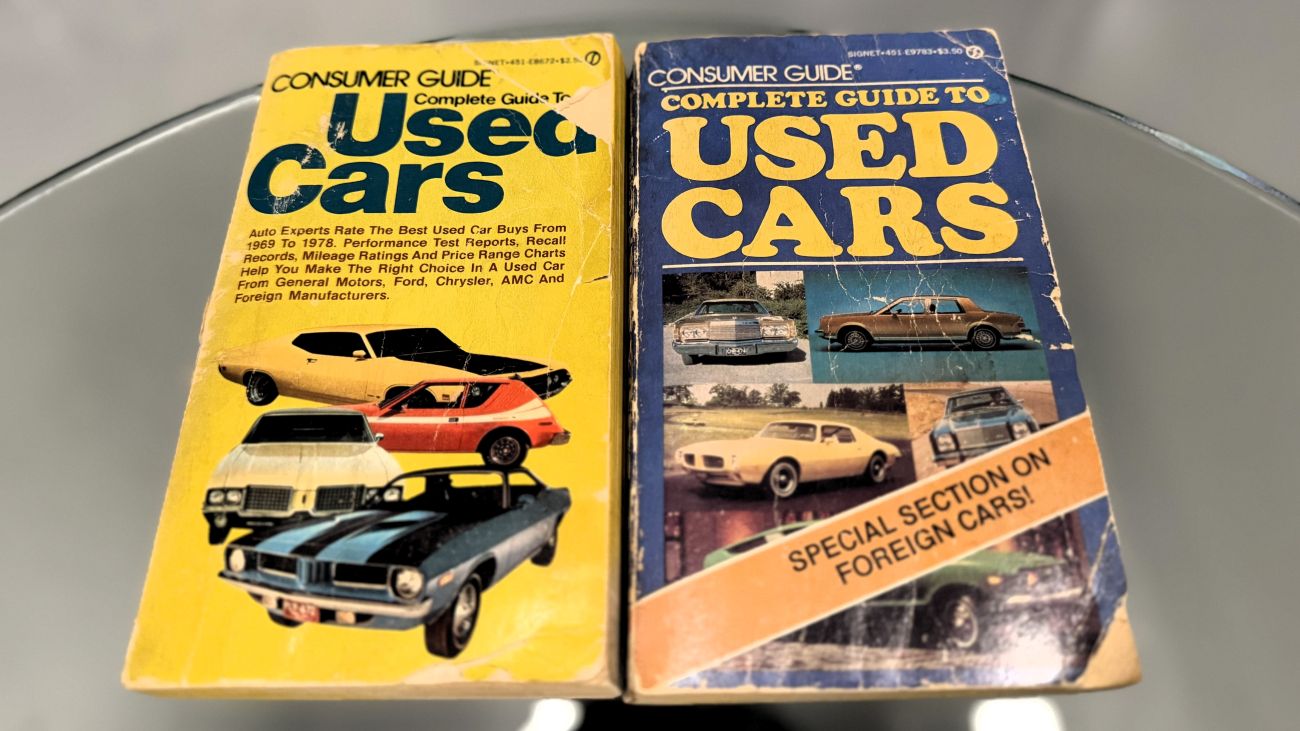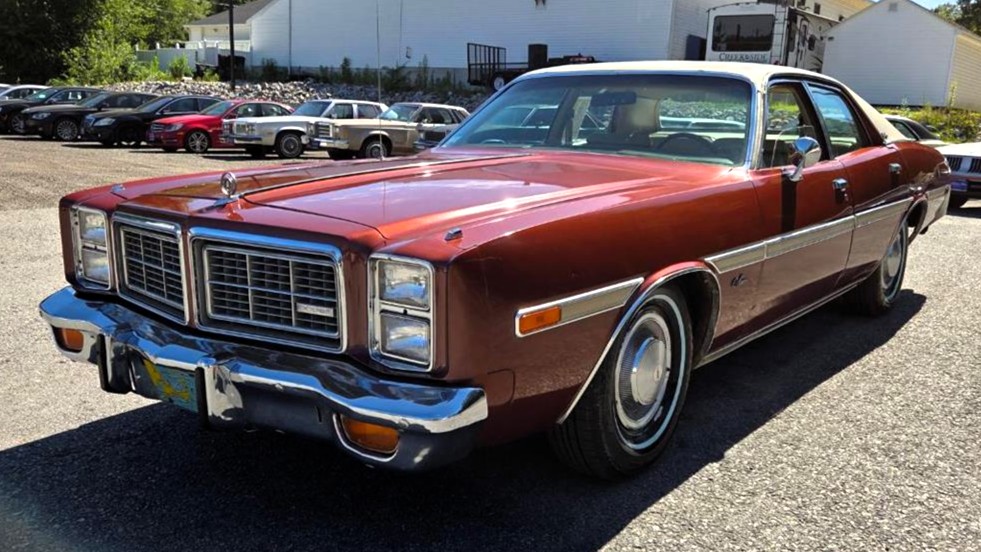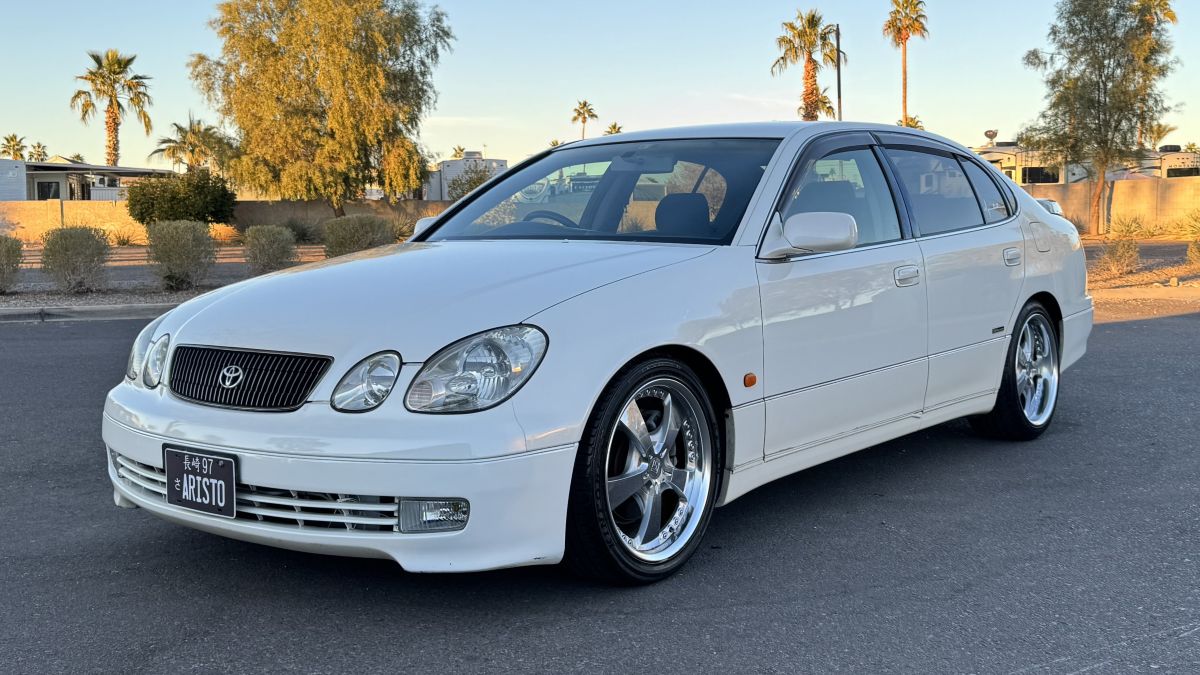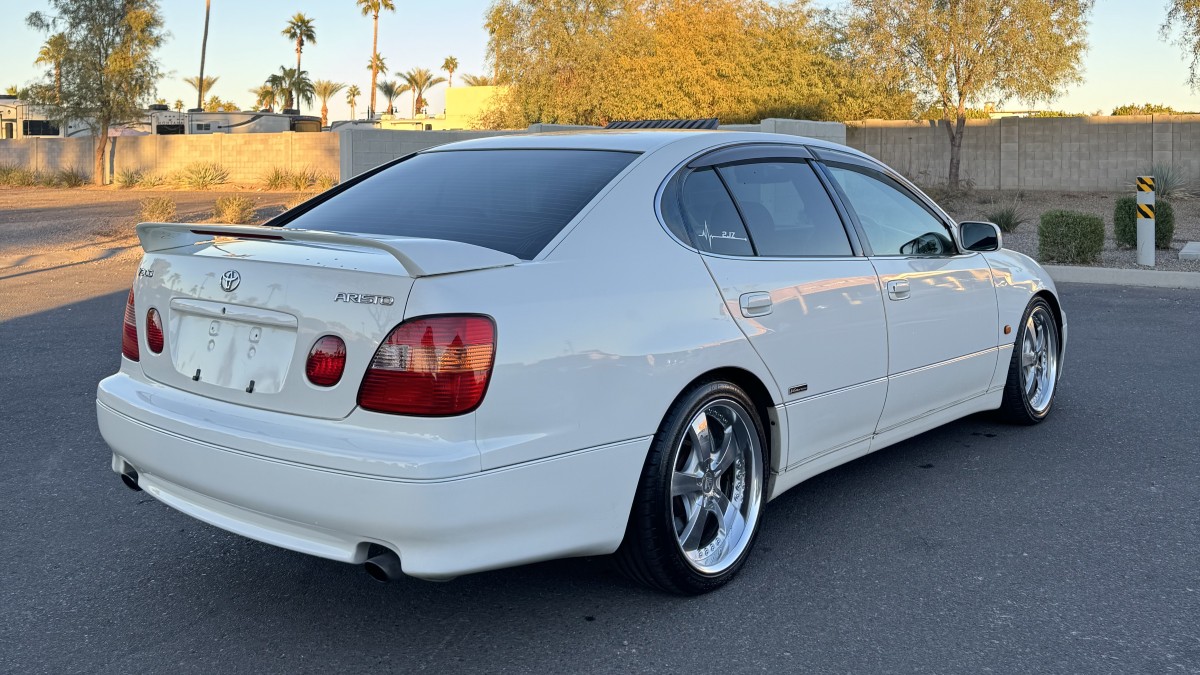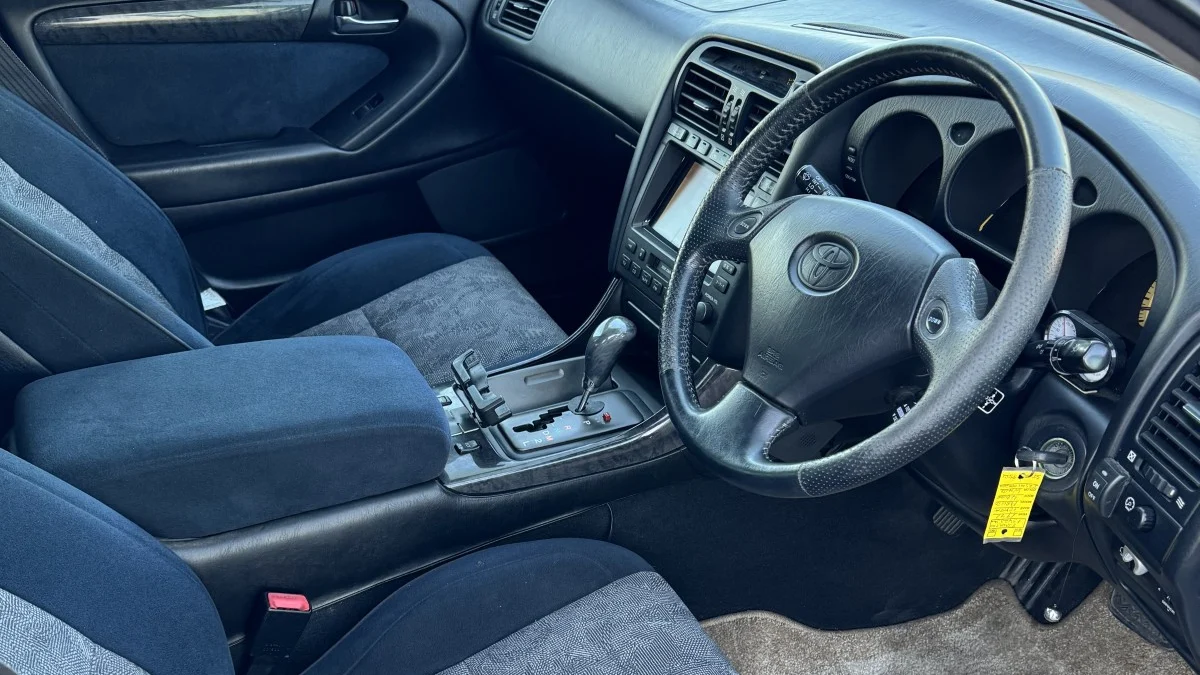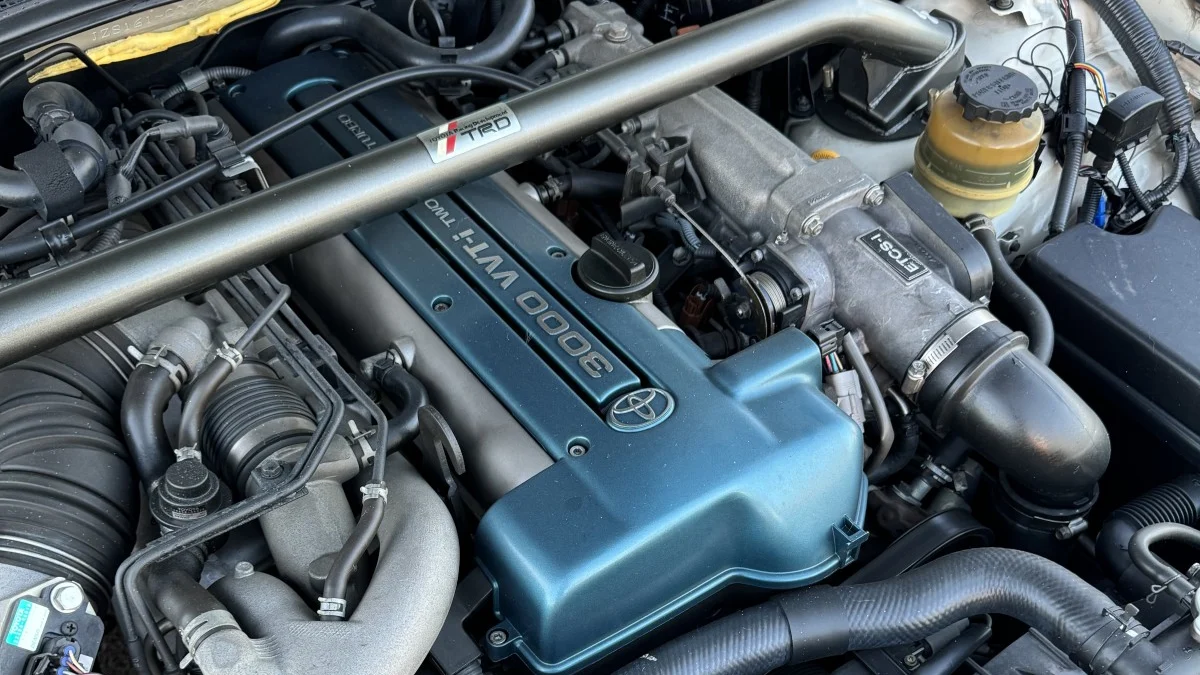Today’s AutoHunter Spotlight is this 1967 Mercury Cyclone hardtop. As the sportiest car of the Comet series, the Cyclone came standard with bucket seats and was powered by a 200-horsepower 289, though the GT Performance Group added a 320-horsepower 390 and other equipment. If you wanted something in-between, you could opt for a 390 two-barrel and four-speed manual, which is how this Cyclone was originally built, making it one of 209. A lot has happened since 1967, with this vehicle being the recipient of a fuel-injected 4.6-liter and five-speed manual transmission transplant. Other features include a factory GT hood, Eaton Detroit Locker differential, four-wheel disc brakes, and more. Painted Inverness Green with a black vinyl interior, this updated muscle car comes from the selling dealer with a Deluxe Marti Report and a clear title.
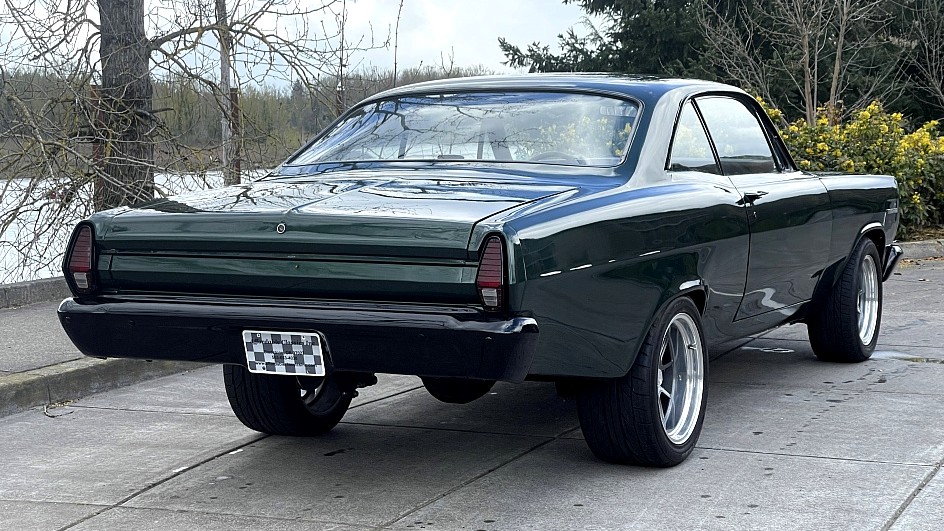
The original color for this Cyclone was Inverness Green, and that’s the color that continues to present itself for your viewing pleasure, though now the front and rear bumpers have been painted black. There’s more black-out happening with the grille, front and rear bezels, and driver-side mirror. Other features include the optional GT fiberglass hood (one of 491 hardtops to be so equipped) and a set of 17-inch American Racing wheels wrapped in 245/50 Nitto radials.
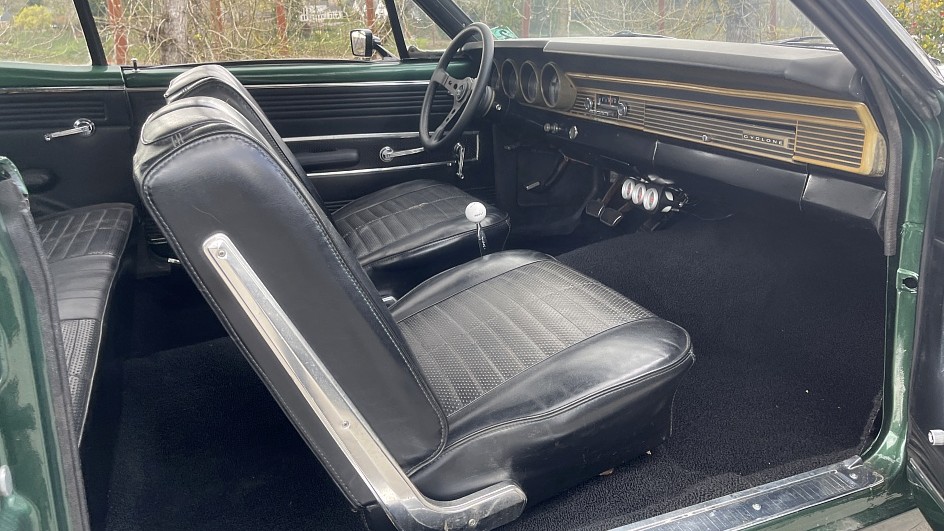
The black vinyl interior features two bucket seats with a Hurst shifter mounted between them. Other cabin characteristics include the factory AM radio, aftermarket Grant steering wheel, power steering, and padded dashboard.
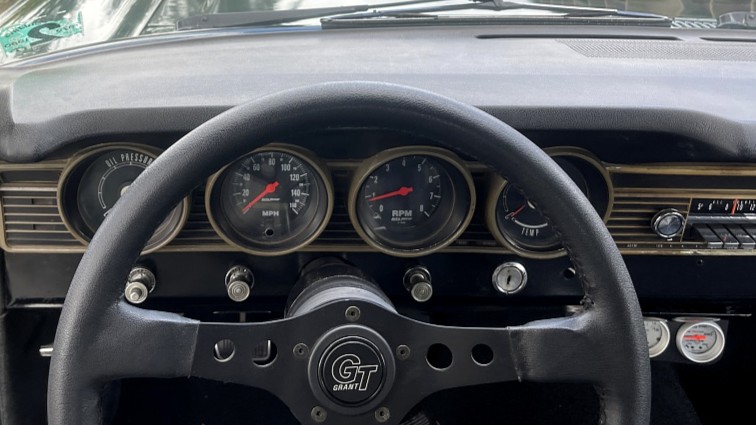
Instrumentation includes AutoMeter 160-mph speedometer and 8,000-rpm tachometer, plus the original coolant temperature and fuel gauges. Additionally, a set of aftermarket gauges reside underneath the dashboard. The odometer currently reads 545 miles though the title reads mileage-exempt.
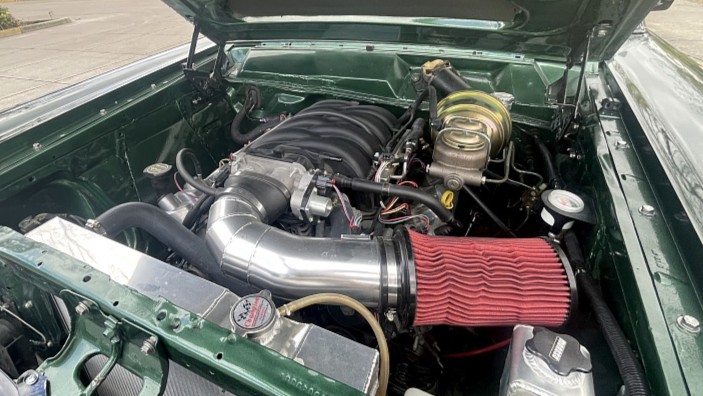
The original big-block has been replaced by a fuel-injected 4.6-liter “Modular” V8 and five-speed manual sourced from a late-model Mustang GT. A Champion aluminum radiator is a noteworthy addition.
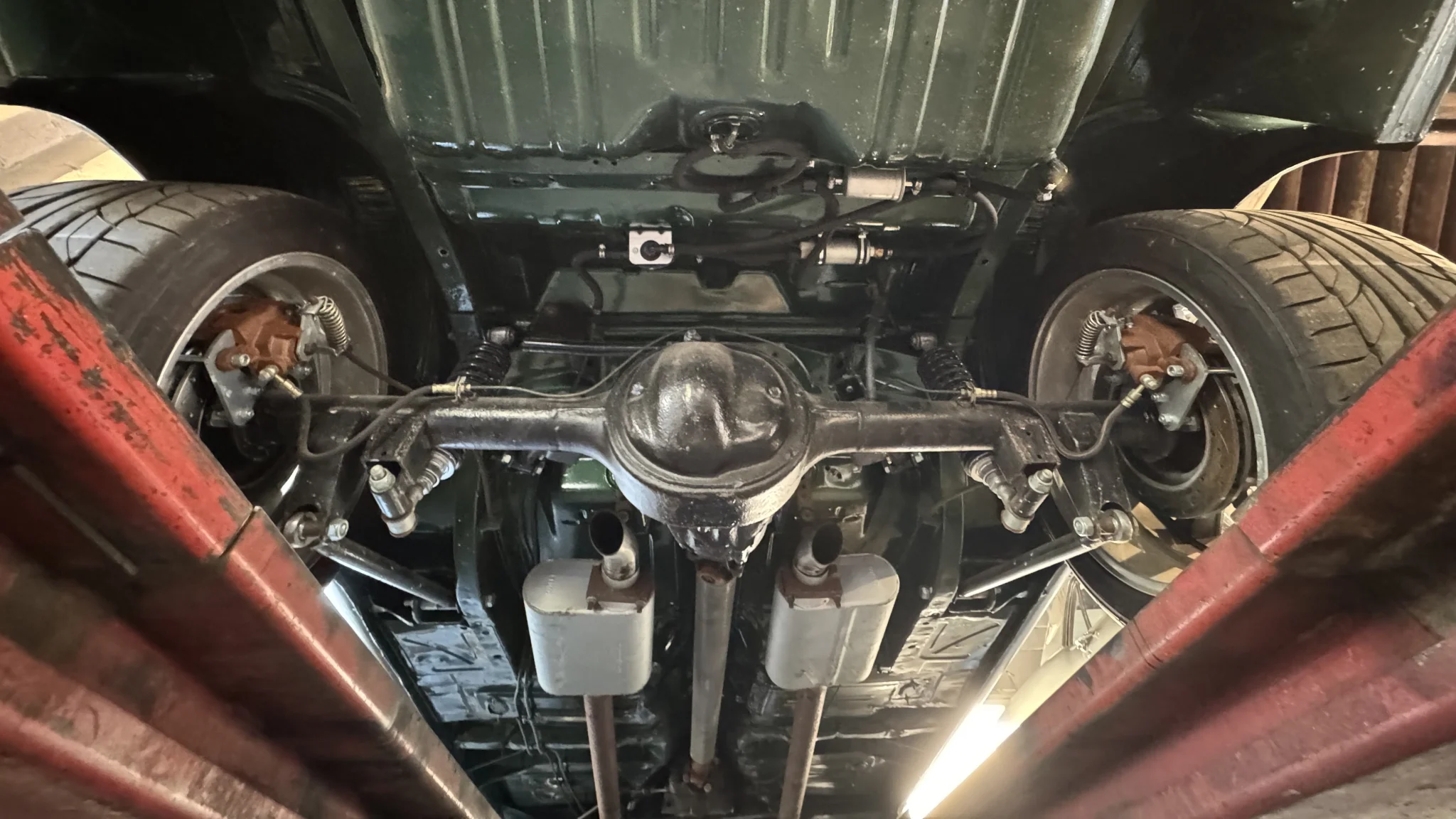
The undercarriage features a nine-inch Ford rear with Eaton Detroit Locker differential housing 3.25 gears. Other features include power four-wheel disc brakes, Mustang II front suspension, four-link rear suspension, and Heidts crossmember.
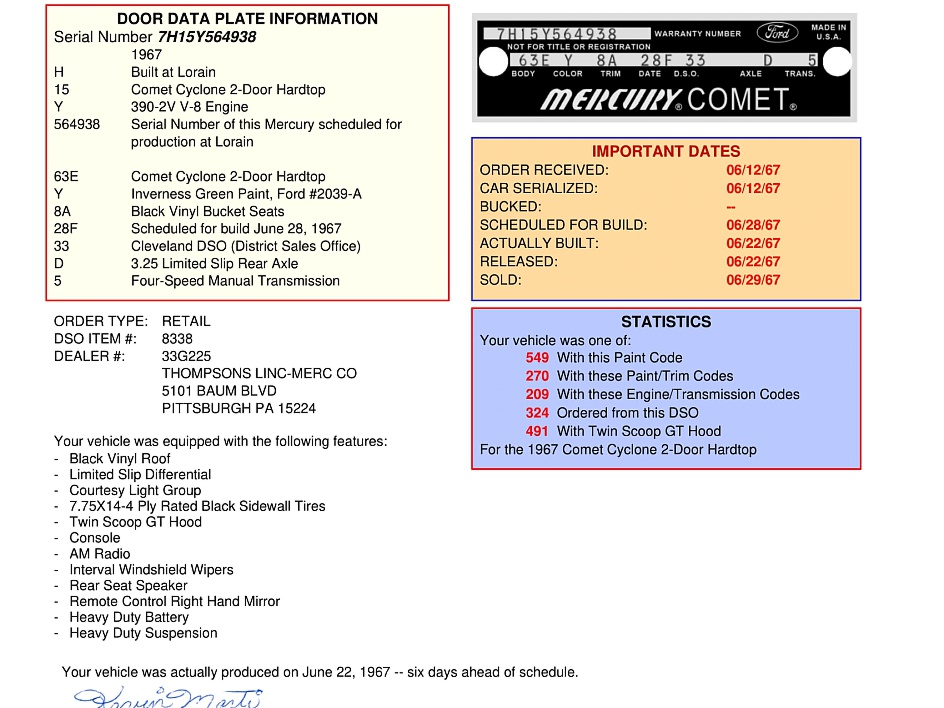
Cyclones never sold in great numbers, with this 1967 Mercury Cyclone being one of only 2,682 hardtops built (those with the GT package were actually more popular). It has a classic look of the era that, when combined with the nifty GT hood and modern mechanicals, make for a very nice modified muscle car. And, lucky you, it was a modified with a five-speed manual instead of an overdrive automatic! Don’t hesitate—get your trigger finger ready and place a bid because after 12:45 p.m. (PDT) on Thursday, August 21, 2025, this Mercury will have a new owner. Will it be you?
Visit the AutoHunter listing for more information and a photo gallery
